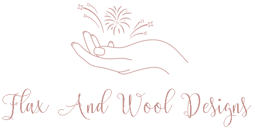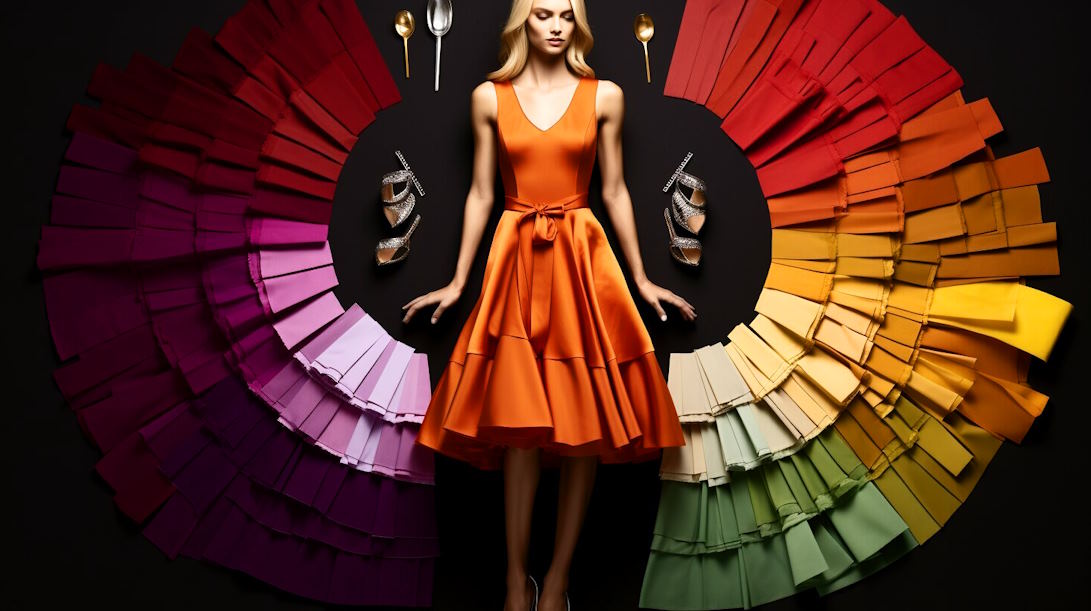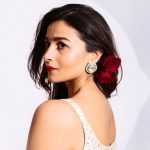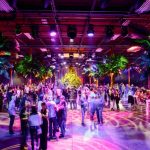Color is an intrinsic and captivating facet of the world we inhabit, a language that communicates emotions, culture, and identity. Nowhere is the impact of color more profound than in the realm of fashion design, where every hue, shade, and tone plays a crucial role in shaping style narratives. The fusion of creativity and color theory in fashion design is an art form that goes beyond the mere selection of pretty shades. It’s a strategic and deliberate choice that influences how we perceive clothing, convey individuality, and respond emotionally to what we wear.
Psychological Impact of Colors in Fashion
How Colors Evoke Emotions and Moods:
Colors possess a unique ability to evoke emotions and set the mood in fashion. Whether it’s the serene calmness of cool blues or the fiery passion of bold reds, each hue communicates on an emotional level. Fashion designers strategically harness this power, crafting garments that not only complement the wearer but also resonate with the desired emotional tone. The calming effect of pastels or the invigorating energy of vibrant shades – color choices extend beyond aesthetics, becoming a language that speaks to the soul.
Cultural Significance of Colors in Fashion:
Colors transcend mere aesthetics; they embody cultural narratives. Fashion, being a global language, weaves these cultural hues into its fabric. From the regal reds in Asian bridal wear to the purity associated with white in Western weddings, colors in fashion reflect cultural traditions and societal values. Understanding these cultural significances is vital for designers, ensuring respect and appreciation for the rich tapestry of global influences.
Personal Expression Through Color Choices:
Fashion is a canvas for personal expression, and color choices serve as the artist’s palette. Individuals curate their wardrobes to articulate their personalities, emotions, and even societal stances. The introverted might find solace in muted tones, while the extroverted embrace the vibrancy of bold colors. Through personal color preferences, fashion becomes a tangible extension of identity, allowing wearers to convey who they are without uttering a word.
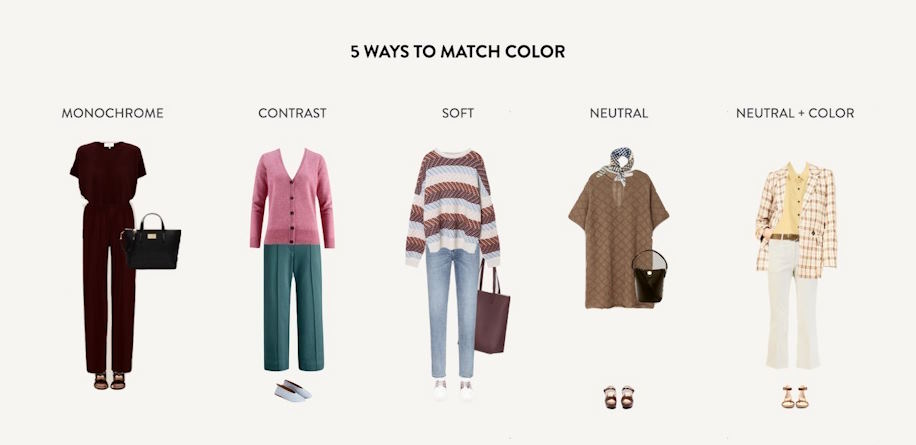
Color Harmony in Fashion Design
Creating Visually Appealing Combinations:
Fashion is a symphony of hues, and creating visually appealing color combinations is an art form in itself. Designers play with the color wheel, blending tones to evoke specific feelings or make a bold statement. Whether it’s the timeless elegance of monochromatic palettes or the striking contrast of complementary colors, the art lies in crafting combinations that capture attention and resonate aesthetically.
Balancing Contrasting Colors:
In the kaleidoscope of fashion, the interplay of contrasting colors adds depth and intrigue. The juxtaposition of warm and cool tones or the harmony between opposites on the color wheel infuses energy into an ensemble. Achieving balance amidst the contrast is key – it’s the delicate dance of colors that transforms an outfit from ordinary to extraordinary.
Achieving Harmony Within an Outfit:
Harmony in fashion design is akin to a well-composed melody; every note (color) contributes to the overall harmony of the ensemble. Whether it’s the subtle cohesion of analogous colors or the bold statement of a triadic palette, achieving harmony within an outfit requires an understanding of how colors interact. It’s about guiding the viewer’s gaze seamlessly across the ensemble, creating a cohesive and visually pleasing narrative.
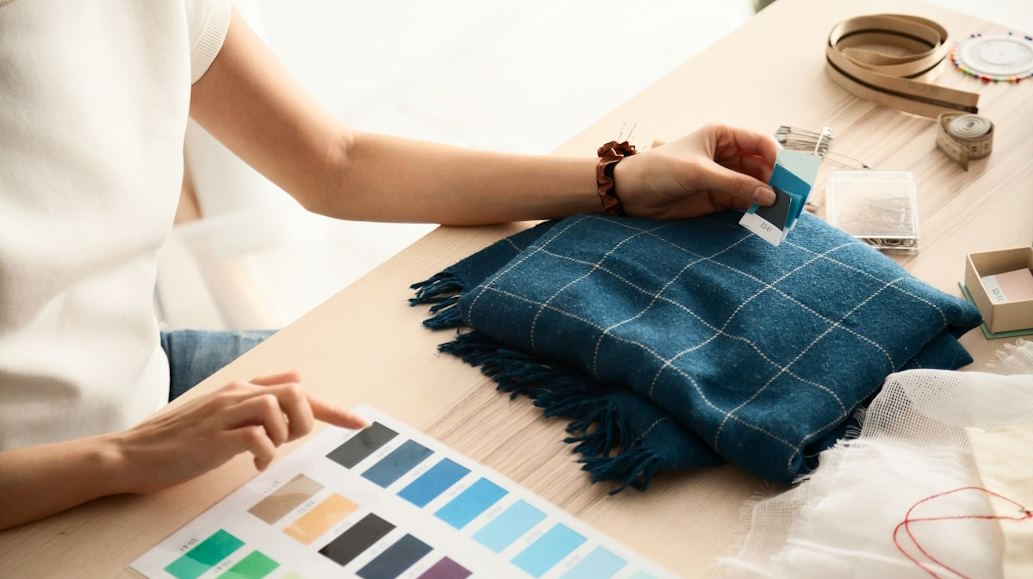
Color Trends in the Fashion Industry
Exploration of Current and Past Color Trends:
Fashion, like a chameleon, constantly adapts to evolving color trends. Exploring current and past color trends unveils the cyclical nature of fashion palettes. From the vibrant neons of the ’80s to the earthy tones dominating recent seasons, the fashion industry serves as a time capsule reflecting societal preferences and influences.
Influence of Color Forecasting in the Fashion World:
Color forecasting acts as the compass guiding designers through the ever-shifting landscape of fashion. Trend forecasters analyze societal, cultural, and economic factors to predict the colors that will dominate runways and retail shelves. This foresight is invaluable, allowing designers to align their creations with the zeitgeist and consumer expectations.
How Designers Incorporate Trends into Their Collections:
Designers, as trend interpreters, weave color trends into the fabric of their collections. Whether subtly integrating the Pantone Color of the Year or boldly embracing unconventional palettes, the incorporation of trends is a delicate dance. This creative adaptation ensures that fashion remains a dynamic expression of contemporary tastes and influences.
